Remembering Wilhelm Steinitz
On 184th birth anniversary of the first Official World Champion, a retired Sports Editor in one of the leading Bangla newspaper of India, Aajkaal, Mr. Nirmal Kumar Saha decided to pen his memoir of Wilhelm Steinitz on his blog. We are all aware of the 'Father of Modern Chess' and his classic game against Von Bardeleben in Hastings 1895, but what about Steinitz the man himself? How did he start his career, why did he get such a moniker, what are his contributions to the sport, a lot of this are lesser known facts among the general populace. In this article we take a quick glance at Steinitz's life as well as his World Championship and few games which showed early signs of things to come. Photo: Austrian National Library
Steinitz did not have a good life in the end
Nowadays even three and three-and-a-half-year old kids are playing chess. Not only they just move pieces, some of them are playing competitive chess too. However, Steinitz started playing chess at the age of twelve years, an age where kids are becoming grandmaster now.
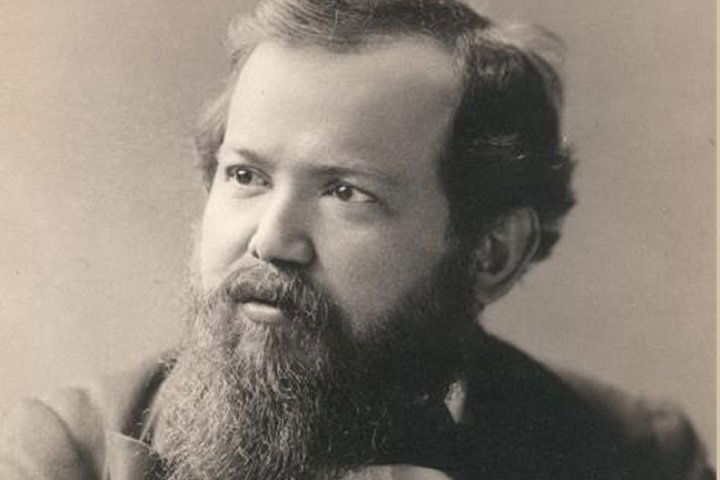
It is not that he suffered a great loss by starting this late. He is still shining bright in the history books of chess. He is the first official World Champion. Despite starting at the age of twelve, he gave importance to the sport much later.
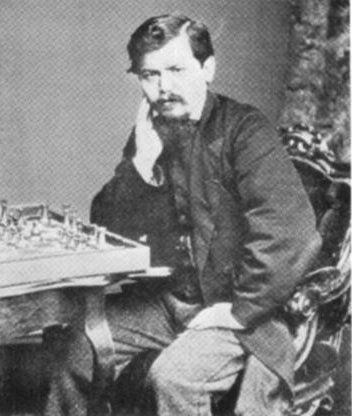
He left his birthplace Prague and moved to Vienna where he started taking chess seriously. He had already crossed 20 years of age then. Steinitz was a good mathematician and for higher studies on the subject, he travelled to Vienna. However, it's not mathematics, he got real interest in chess. He finished third in Vienna Chess Championship in 1859, became champion in 1861 with a score of 30.0/31. The moniker 'The Austrian Morphy' started since then.
A Vienna Game in Vienna 1859
In 1862, Steinitz represented Austria national team in London. He was profusely praised there. There he became a professional chess player. He is also the first professional chess player in chess history. Afterwards, he never played anywhere without appearance fee. He is called, 'father of modern chess'. Let's take a look at his life on his birthday.
No longer Green
Before Steinitz, his great predecessors François-André Danican Philidor, Paul Charles Morphy, Karl Ernst Adolf Anderssen and Howard Staunton, none of them were official World Champions. The first official World Championship took place in 1886. The match took place in three stages in New York, Saint Louis and New Orleans. Steinitz's opponent was Johannes Hermann Zukertort. It was decided that the first player to score ten wins would be declared the winner.
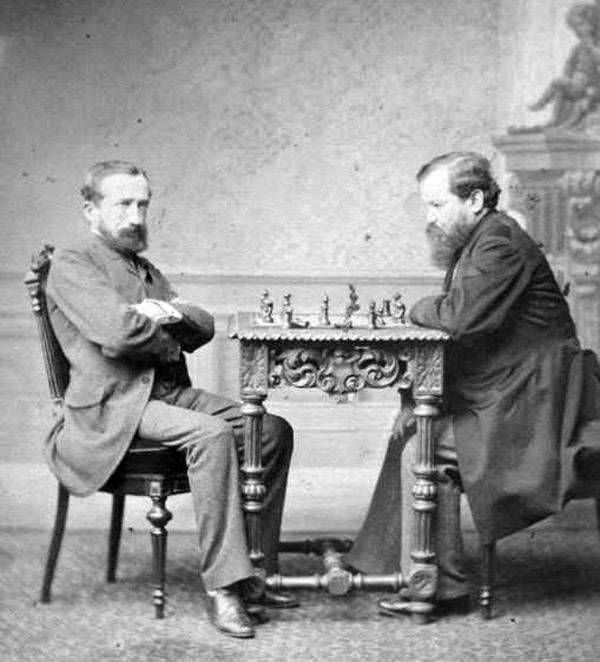
Zukertort took a 4-1 lead at the end of five games. Everyone was almost certain that he is going to become the first official World Champion, but then only Steinitz turned things around. He won the match 12.5-7.5 scoring 7 wins, 5 draws and 5 losses. Despite living in USA, Steinitz did not have the citizenship. Despite the fact, he demanded to have the USA flag next to him before the event. This caused a lot of controversy. On 23rd November 1888, he got the American citizenship and changed his name from Wilhelm to William.
Replay Zukertort - Steinitz games from the first Official World Championship in 1886
He was the World Champion from 1886 to 1894. He had to defend his World title three times during his six year reign as the World Champion. His first challenger for his World Championship was Mikhail Ivanovich Chigorin of Russia. There was a lot of debate whether it was a match for World Championship as FIDE was yet to come into existence. There was no laws of chess. Who will become the contender for the World Championship was a lot dependent on the reigning champion. If the champion did not agree to it, the match would not take place. There are different narratives whether Steinitz accepted Chigorin as his challenger. After Steinitz defended his World Championship against Chigorin with a 10.5-6.5 score comprising of 10 wins, 1 draw and 6 losses, that put all controversies to rest.
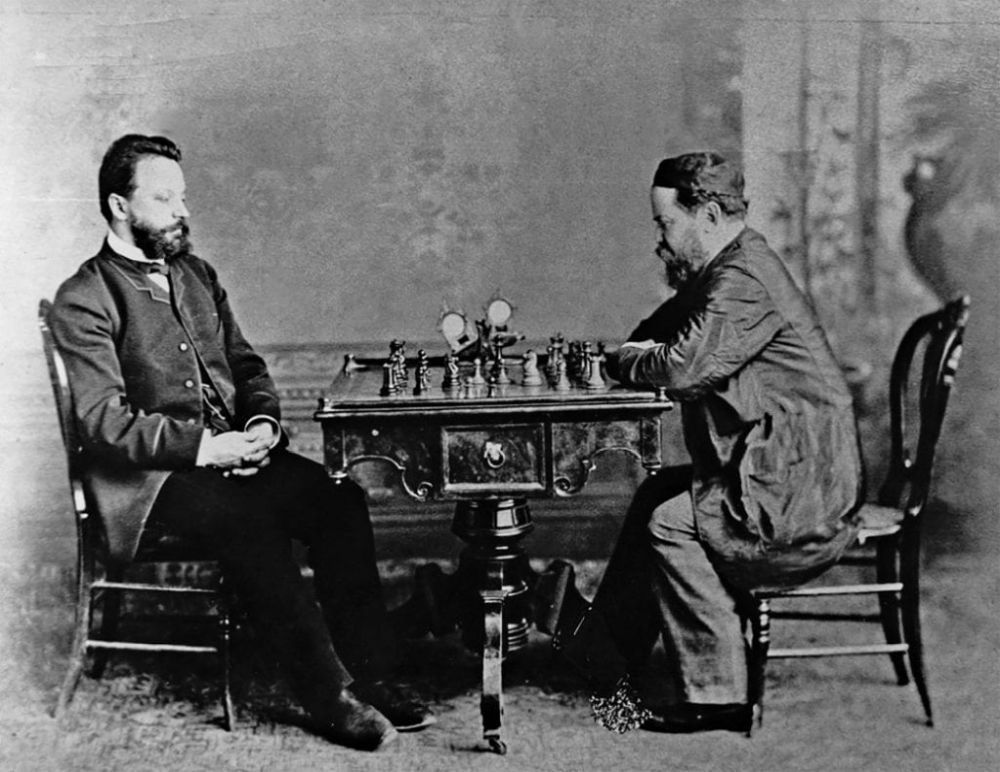
Replay Steinitz - Chigorin World Championship games in 1889
Steinitz's second World Championship contender was Isidor Gunsberg in 1890-91. In a best of 20 games, Steinitz retained his World Championship with a score of 10.5-8.5 which consisted 6 wins, 9 draws and 4 losses.
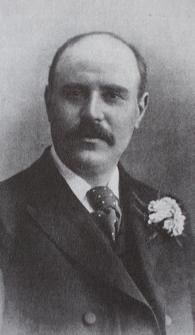
Replay Steinitz - Gunsberg World Championship games 1890-91
In 1892, he faced Chigorin again in Havana, Cuba. This was another best of 20 games match. It went into tie-breaks as both players won eight games each and drew four. In the tie-breaks, Steinitz won two and drew one game. Thus Steinitz successfully defended his World Championship in his rematch against Chigorin.
Replay Steinitz-Chigorin World Championship games in 1892
Eventually Steinitz lost the World Championship to Emmanuel Lasker of Germany in 1894. The match was played in three cities - New York, Philadelphia and Montreal. It was not a best of 20 game match, it was decided that first player to win ten games would be declared the World Champion. The result was in favor of Lasker with 10 wins, 5 draws and 4 losses. Steinitz became a challenger for Lasker's World Championship in 1896-97. Unfortunately for Steinitz, he was unsuccessful in his attempt. The match was played in the same rules as before and the result was again in favor of Lasker with 10 wins, 2 losses and 5 draws. That was the last time Steinitz was seen in World Championship fray.
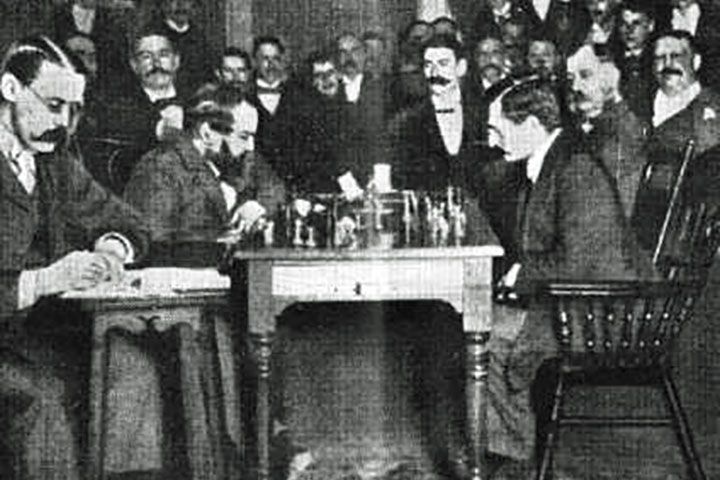
Replay Steinitz-Lasker World Championship games in 1894
Everybody agrees to the fact that chess does not hinder education. In fact, all great players are very good in education. Steinitz was no exception either. Not only as a player, but also as a chess author, he attained great heights. Between 1872 and 1882, he was a chess reporter in 'The Field' which was Britain's leading sports magazine. He not only had minute analysis but also had various articles of different taste in chess. In 1885, he founded International Chess Magazine. He was the Founder Editor till 1891.
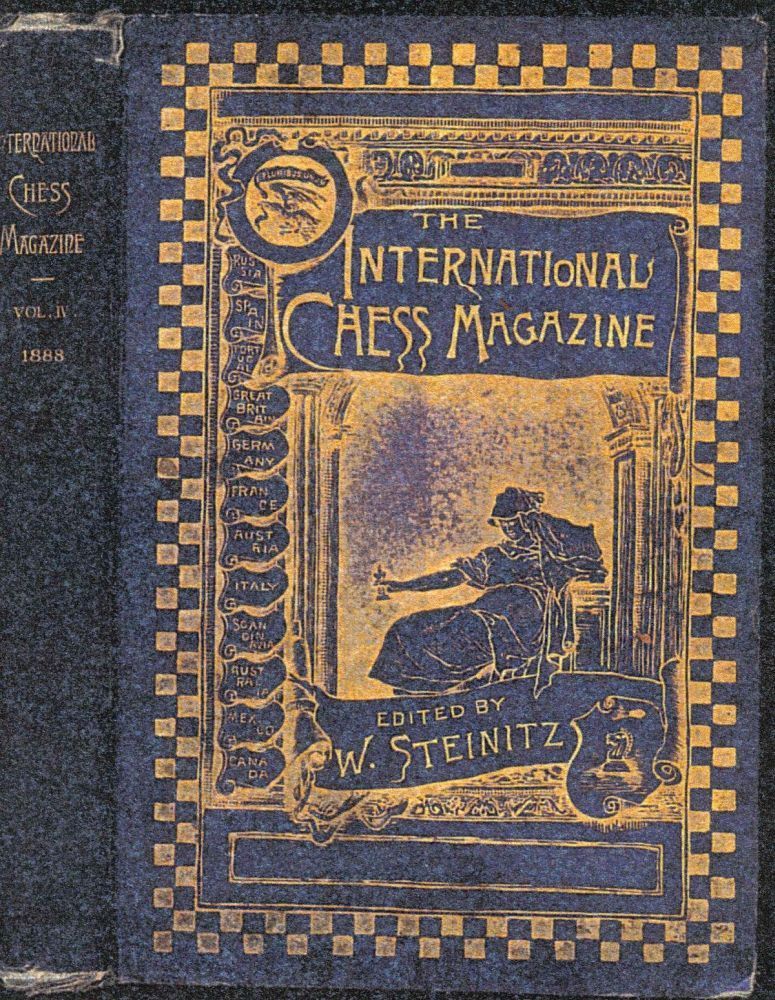
He was called 'The Austrian Morphy' a little later after he started playing chess seriously. Steinitz wrote a long series about Morphy after he passed away in 1894. He wrote a quintessential book for all future chess players titled 'The Modern Chess Instructor'. Garry Kasparov in his 'My Great Predecessors' wrote, 'Wilhelm Steinitz is not just the first World Champion, he is great researcher too.' According the modern era of chess started with him. In 1873 at a tournament in Vienna, he implemented a new technique in positional play which later became the base of modern chess. Many people call him a 'Chess Scientist' also.
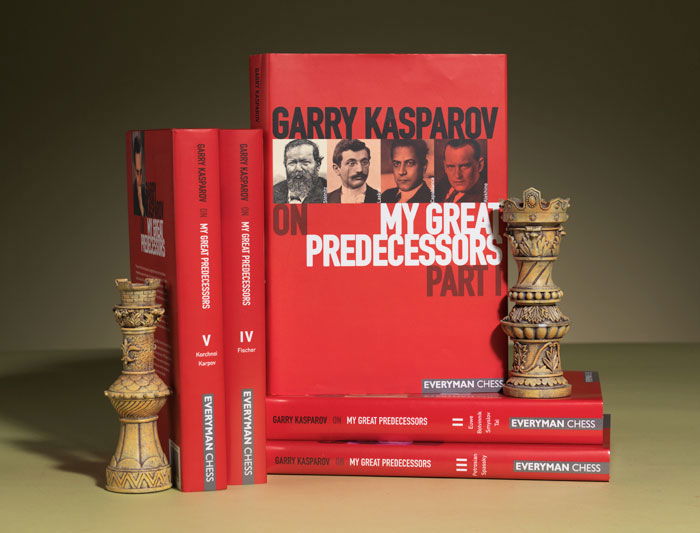
In June 1899, at the age of 63 years, he went to play in London with bad health. Poverty became his all-time companion which disturbed his mental stability. In his final tournament at London, he was unable to attain any modicum of success. He failed to win any prize money, something that did not happen in the last 40 years. It was difficult for him to accept the failure. He almost became crazy. He went into various mental hospital but was unable to obtain a positive result.
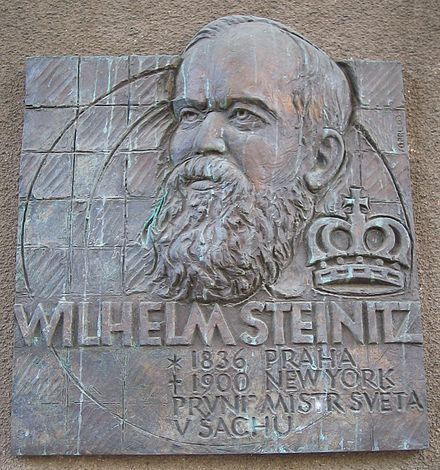
He passed away on 12th August in 1900. Steinitz was the first player in chess history who did not compete without an appearance fee. He was born into a poor family and the final days of his life was spent in poverty too. He used to say, 'I have attained fame and popularity a lot. I don't want it anymore. Now I need money.' His brain was not as active in saving money as much as it was in finding great ideas inside the 64 squares.
Links
About the Author
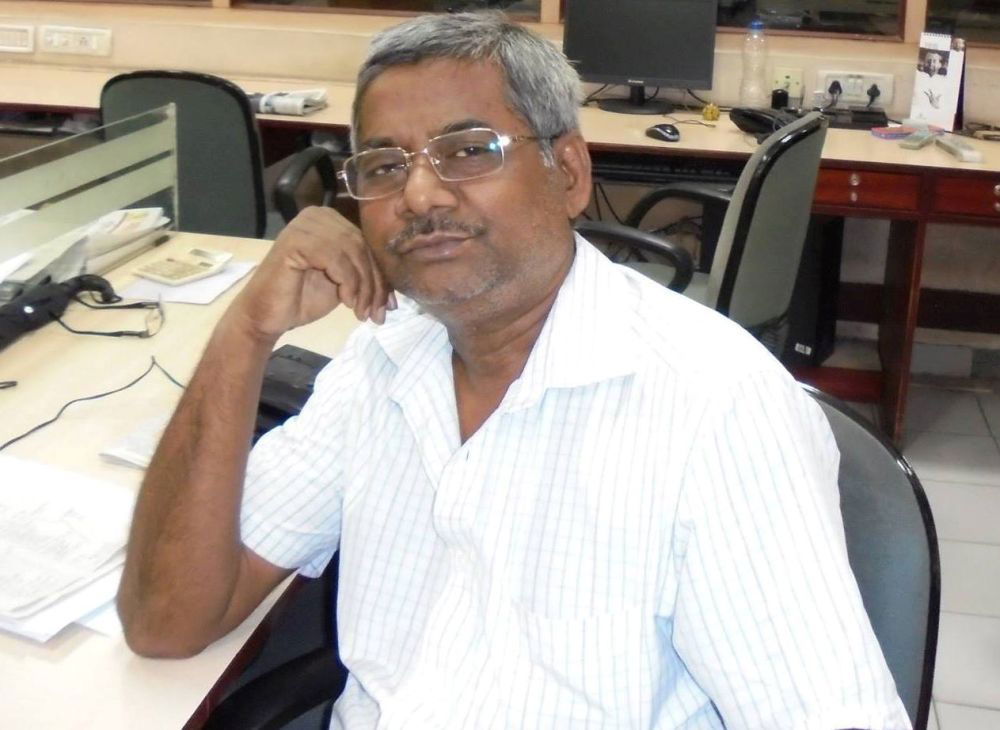
Former Sports Editor in one of India's leading Bangla daily newspaper Aajkaal for 39 years. He preferred writing about niche sports like athletics, hockey instead of popular sports like Cricket and Football. He inspired his son Neelash Saha to play chess who is also an International Master now.
The article was translated from Bangla by Shahid Ahmed




